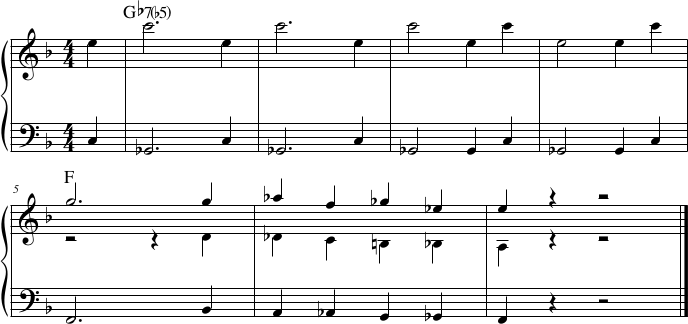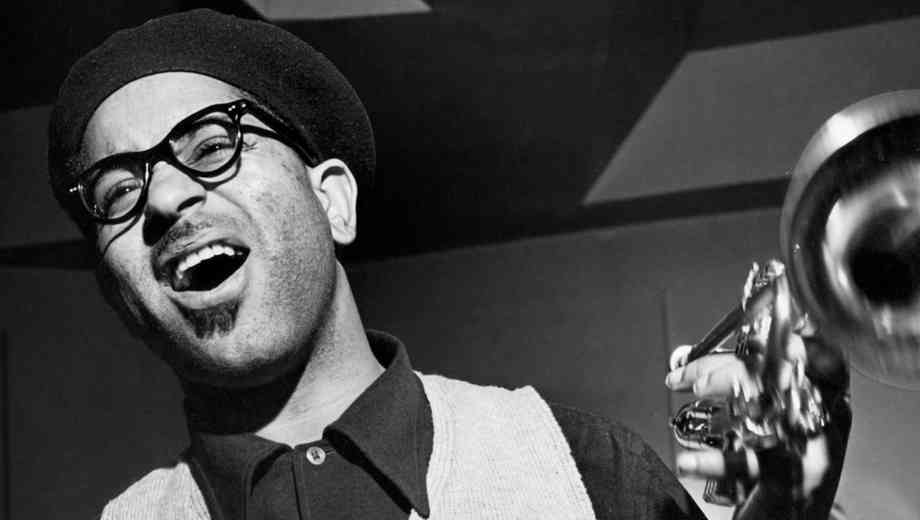[Monday Notes n.12] Singer Billy Eckstine gave the leadership of his orchestra to Dizzy Gillespie in 1944. Swing orchestras used to perform a catchy, danceable repertoire, but Dizzy was constantly experimenting with new and daring sounds. One night the audience rose up, complaining about the many instrumental pieces and demanding a sing-along. Dizzy, who had a great sense of humour, responded by playing Salt Peanuts.
Dizzy was a skilled entertainer, capable of seducing the spectators with his charm. In this case, however, the audience must have felt a bit fooled, because Salt Peanuts has very little singing: at minute 0’45” we can hear the orchestra declaiming the two words that form the title of the song, for the rest of the piece is a fiery bebop theme, neither sung nor danceable.
Salt Peanuts has several characteristics typical of modern jazz: dissonant intervals, a very fast tempo, a strict phrasing. In the introduction, taken up again for the finale, we can also appreciate a typical stylistic feature of Dizzy Gillespie’s music: the use of the diminished fifth interval.
The C natural on which the trumpet insists in the first four bars is in fact the diminished fifth of the G♭7 chord. The bass also repeatedly plays a melodic interval of diminished fifth, between the notes C and G♭. Let’s see these intervals in the score of Salt Peanuts:

The phrase in measures 5-7 is equally interesting: the bass and the central voice, played by the piano, move chromatically at a distance of thirds. The upper voice played by the trumpet creates with the central voice alternating intervals of fourth and fifth.
The effect is harsh and dissonant, a typical bebop sound. Dizzy Gillespie’s contribution to modern jazz was equal to that of Charlie Parker, Kenny Clarke, Bud Powell, Thelonious Monk, but more than them Dizzy Gillespie was actively involved in promoting the new music and also in explaining and teaching it to younger people.
In this respect, Dizzy Gillespie was undoubtedly the greatest teacher of bebop, the first to codify its rules and to spread them among musicians. Dizzy Gillespie thus became a guide for a whole generation of musicians.
Until next Monday!


